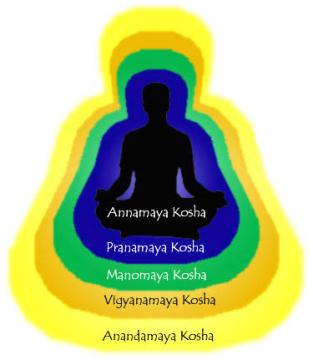August 2016 Newsletter
News and Notes
Hari Om everyone
First of all, I hope you've all had a lovely summer and are looking forward to classes starting back. Especial good wishes to the several students who will embark on Yoga Scotland courses - three Foundation, one Living Yoga course and one teacher training. I'd like also to mention that the summer classes for charity raised the magnificent sum of £220 - thank you all for your generosity. Donations will be made to Freedom from Torture and a local charity sending injured ex-service personnel on a yoga retreat.
I'm home from my travels and turning my attention to the new term of yoga classes and seminars. My two retreats this summer included a fortnight at Swami Vedantananda's centre in the hills above the Algarve, with a four day practice called Tattwa Shuddhi (intended to clear out mental rubbish!) followed by a week of karma yoga, a challenging practice that involves moment to moment awareness while working at whatever tasks are set. It was mainly clearing the land because there's a very high risk of fire there. It was so hot we tried as much as possible to work in the shade of trees. The second retreat was in South Wales at Mandala Yoga Ashram, a celebration of the 30th anniversary of establishing the Ashram. It was marvellous - the highlight for me was the 3 - day havan with continuous chanting of the Gayatri mantra. I recorded some of it so those of you who were practising it with me before the summer break may be interested. Heart-warming, illuminating, fabulous.
Class schedule update
Meditation Group
Sunday evenings 7.30 pm, every 3 -4 weeks. Will restart on Sunday September 4th. I'll contact the members individually.
Weekly classes
- Gate 55 Sighthill – 16.30 -18.00. Class recommences Monday 22 August. We’ll continue using the Gayatri mantra as a theme and also I’m thinking of introducing (or revising for some) Patanjali’s Yoga Sutras. I’ll explain on Monday!
- Currie Community High School The 2016-17 session begins on Tuesday September 20th. It seems that the class sessions will return to the three 10 week terms. If numbers signing up permit, there will again be two classes – a gentle/beginners/therapeutic class and the intermediate class as before. Sign up via www.joininedinburgh.org/currie
- West Lothian - Wednesdays Chair yoga class 13.15-14.30. Starts back 24th August. Ability Centre, Carmondean, Livingston.
Bathgate Partnership Centre, South Bridge
- Therapeutic Yoga class 16.45 -18.15. This class starts back Wednesday 24th August.
- General (mixed level) class 18.30 – 20.00 also begins again on Wednesday 24th August, with the additional discussion & meditation class 20.05-20.45.
Future Events
Edinburgh & Lothians Yoga Association, of which I’m a committee member, has two seminars still to come in 2016
- Saturday 17th September - Sue McLennan
- Saturday 19th November with Judie & Ali Freeman
Both seminars are at ELYA's new venue, St. Margaret's House London Road Edinburgh. Details on the ELYA website.
I'll send out a separate newsletter about an exciting event in May 2017 - a two-day seminar in Dunblane on "The Power of Awareness" in May 2017 with Swami GyanDharma from Mandala Yoga Ashram.
Contact details
Website www.yogawithbijam.co.uk
Email: info@yogawithbijam.co.uk
Phone: 07966 573 804
See you all soon!
With love, Bijam



